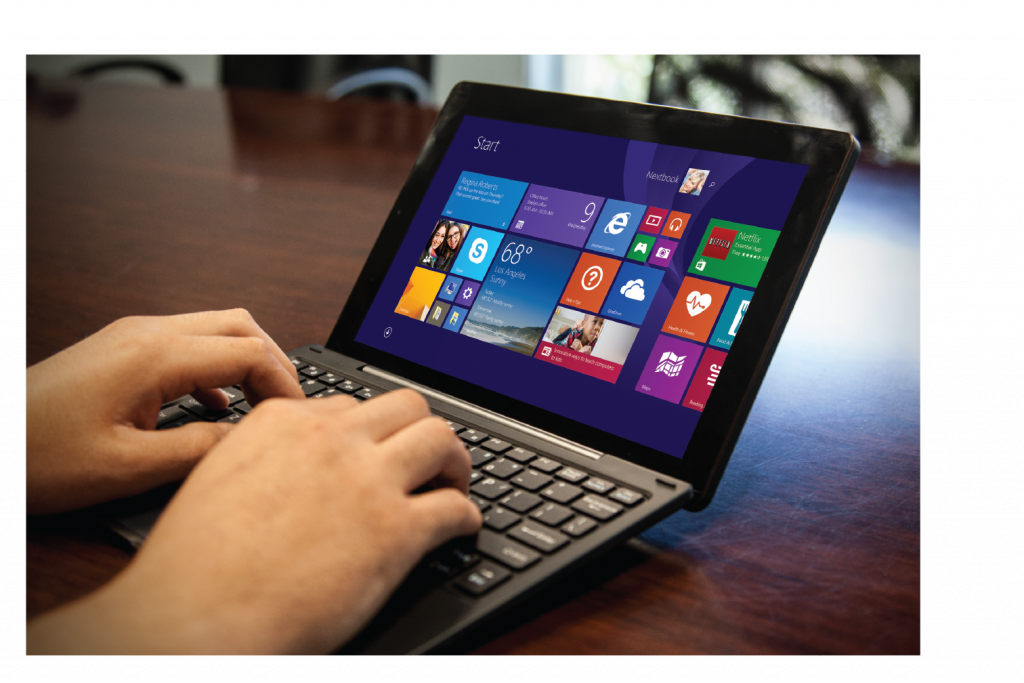You know what sucks? Forgetting your password. There’s nothing worse than trying to log in somewhere, typing in what you’re sure is your password, only to be forced to go through the arduous process of resetting it because you forgot where the capital letter goes for this particular account.
Microsoft agrees that passwords can be a bit of a nuisance, and so is making it possible for its consumers to go completely passwordless on their accounts.
Microsoft: No password? No problem
“Nobody likes passwords. They’re inconvenient. They’re a prime target for attacks. Yet for years they’ve been the most important layer of security for everything in our digital lives—from email to bank accounts, shopping carts to video games,” reads a statement from Microsoft Corporate VC of Security, Compliance and Identity, Vasu Jakkal. “Beginning today [15 September], you can now completely remove the password from your Microsoft account.”
Instead of using a password to access your Microsoft products, you’ll instead use the Microsoft Authenticator app instead. Just make sure you’ve downloaded it and linked it to your account. Or, you can set it up to work with Windows Hello, a security key or a verification code sent via SMS or email.
The process is easy, too. Simply log into your Microsoft account (yes, if you aren’t signed in you’re going to need to use your password for this bit), then head over to Advanced Security Options. You’ll see a Passwordless Account option.
Jakkal explains that, as great as passwords are, they’re far from perfect. The big clincher here is that: If they’re strong, they’re hard to remember. If they’re weak, they’re easy for hackers to guess.
Obviously, if you’re organised and keep your complicated, uncrackable passwords stored neatly and safely away somewhere impenetrable to hackers (like a book, you nerd) then forgetting them isn’t an issue. Furthermore, if you’re simply sceptical about the security of a passwordless system, or are worried about what happens if you lose the device you use for authentication, this probably isn’t attractive to you. In either case, you’ll probably stick with 2-factor-authentication for maximum security.
But if this piques your interest and you’d like to know more, head this way for some extra info.
